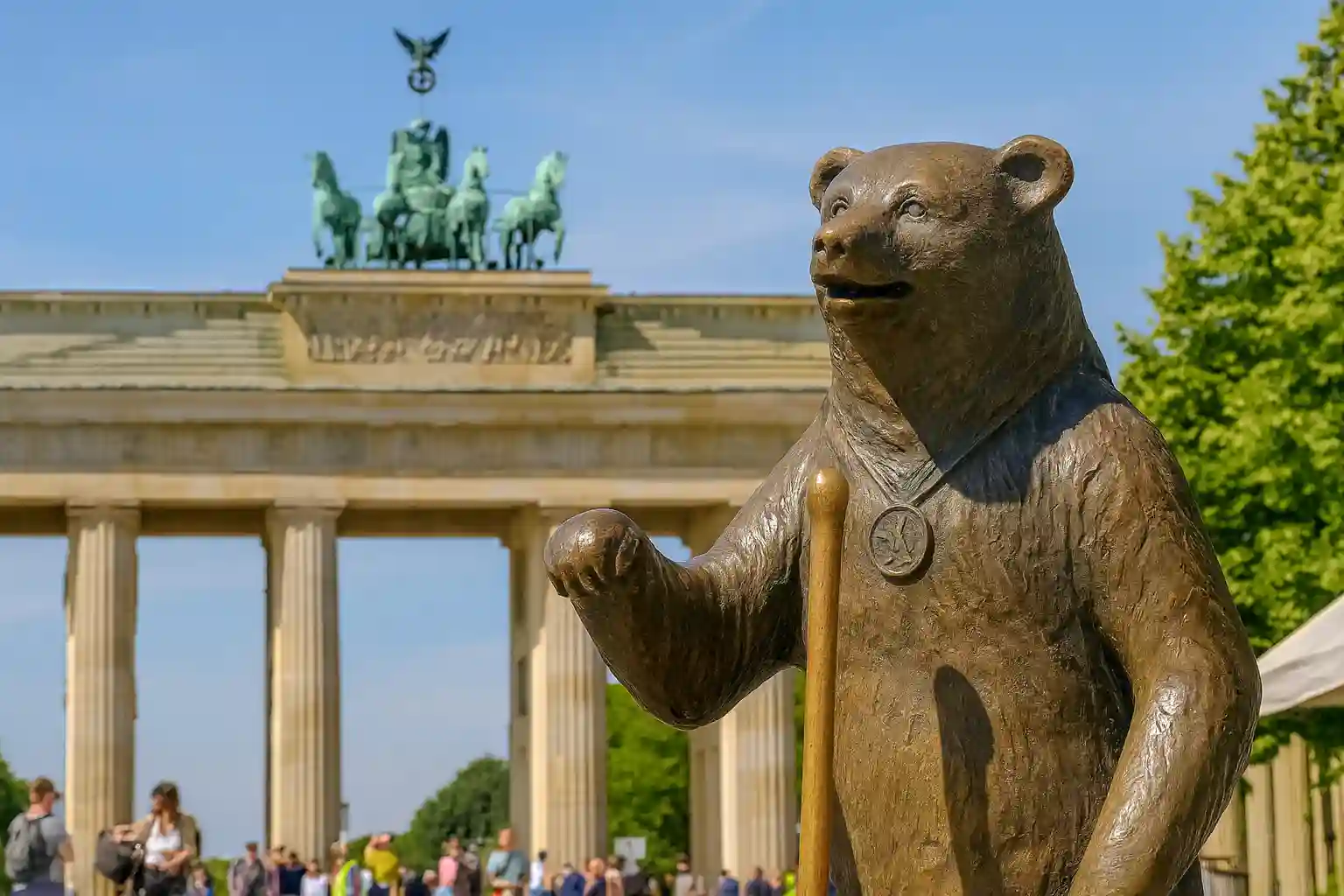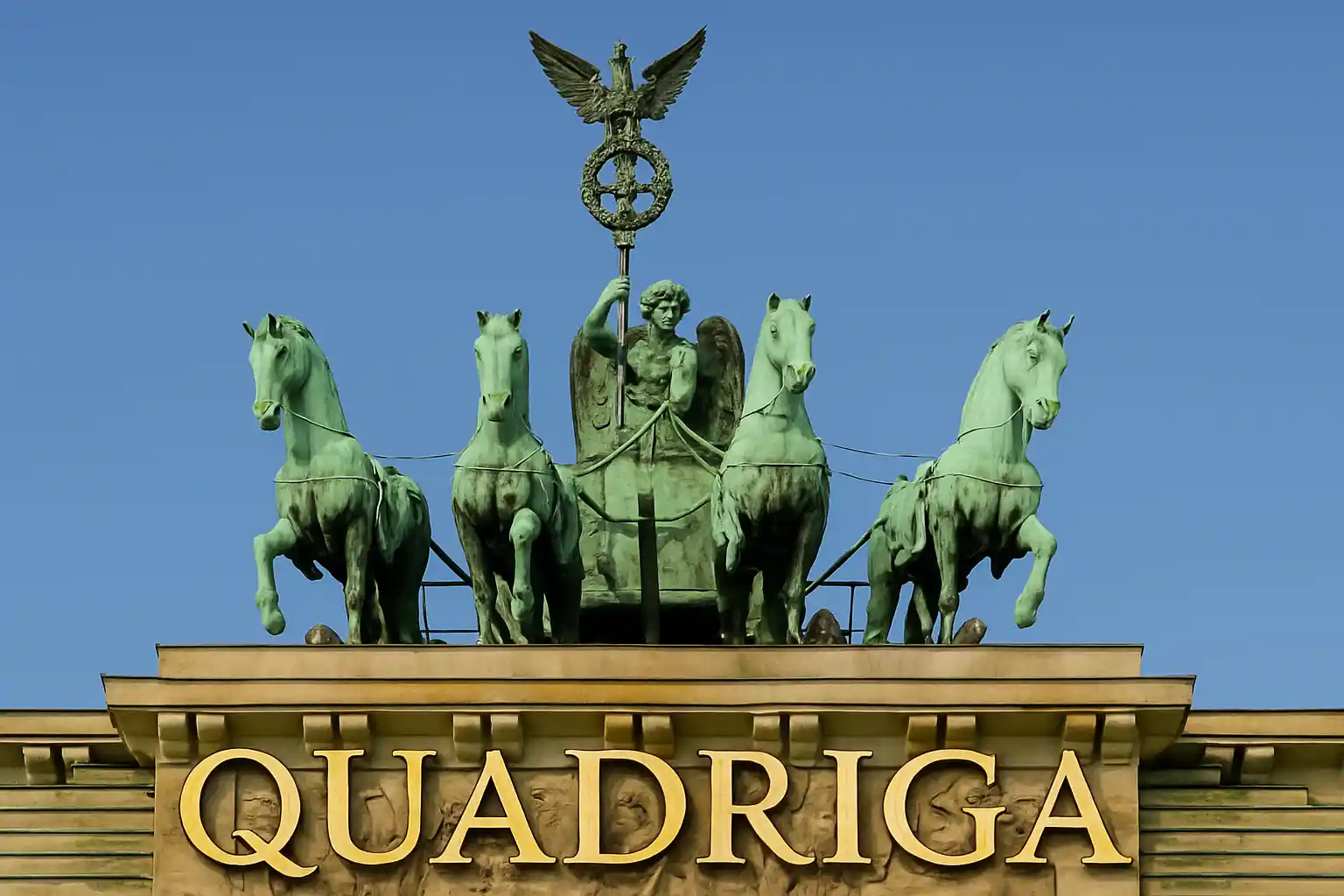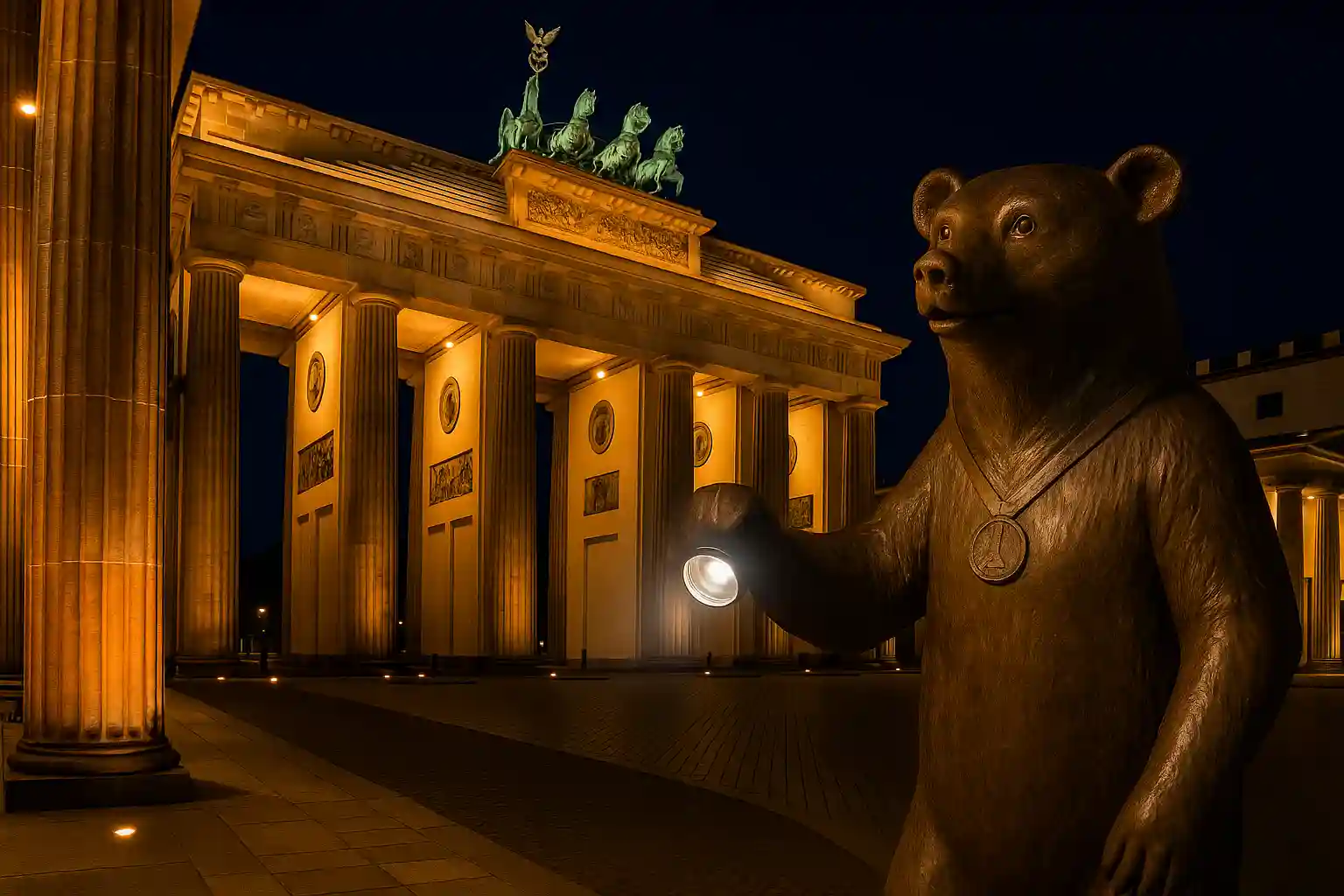Brandenburg Gate: A Gateway to History and Unforgettable Atmosphere
Standing tall in the heart of Berlin, the Brandenburg Gate is more than a monument – it’s a symbol of unity, triumph, and timeless energy. Explore one of Europe’s most iconic landmarks where history and atmosphere meet.

Gateway to History
The Brandenburg Gate has stood for more than 200 years as a witness to Berlin’s most defining moments. Commissioned by King Frederick William II and completed in 1791, the neoclassical arch originally marked the start of the road to Brandenburg an der Havel. But over the centuries, it has transformed into a national and global symbol.
During the Cold War, the gate became one of the starkest visual reminders of Germany’s division. Located in the no man’s land between East and West Berlin, it was inaccessible – a silent monument surrounded by the Berlin Wall. Its reopening in 1989 marked the emotional high point of reunification and restored its status as a beacon of unity and peace.
Today, walking through the gate means walking through layers of history – from Prussian power to Nazi pageantry, Cold War tensions to modern democracy. It is Berlin’s most photographed moment for a reason.
Monumental Symbolism
The Brandenburg Gate is more than architecture – it is a message carved in stone. Topped by the Quadriga, a sculpture of the goddess of victory driving a four-horse chariot, the gate once symbolized military triumph. Later, it was co-opted by both Nazi propaganda and Cold War politics, making its symbolism deeply layered and complex.
After 1989, the Quadriga’s gaze toward the once-divided city took on new meaning. No longer a marker of conflict, it became a beacon of European peace and civic identity. Its position at the heart of Berlin transforms every public event at the gate into a political stage.
To stand before the gate today is to feel the silent weight of history – not through audio guides or plaques alone, but through the architecture itself. The gate invites not only admiration, but reflection: How do we shape memory in public space?
Events & Shared Moments at the Gate
The Brandenburg Gate is not only a monument of history – it is a living stage for Berlin’s collective memory. Throughout the year, it serves as a gathering point for events that span joy, grief, and political expression.
- New Year’s Eve: Celebrated with fireworks, music, and thousands of visitors from around the world.
- Football Championships: Massive public viewings and celebrations during World Cups and Euro Cups.
- Concerts & Marches: From classical music to techno raves, peace marches to political protests – the Gate remains a symbol of unity and free expression.
Even on an ordinary day, the space around the gate pulses with atmosphere: children chasing pigeons, violinists performing beside silent tourists, locals cycling beneath the columns. The contrast between monumentality and everyday life makes it unmistakably Berlin.
“Here, the past doesn’t rest – it walks with you.”
Did you know?
On average, more than 12,000 people per day pass through the Brandenburg Gate. Whether tourists, locals, or guided groups – this iconic spot is one of the most visited public spaces in all of Germany.
Above It All – The Quadriga

Perched atop the Brandenburg Gate rides a symbol older than the city itself: the Quadriga. Crafted in 1793, the chariot drawn by four horses and guided by the goddess Victoria has come to represent not just victory, but resilience. When Napoleon seized it and took it to Paris, Berlin mourned. When it returned, it marked more than triumph – it became a sign of identity reclaimed.
Today, the Quadriga stands not just for military conquest but for peace regained, for reunification after division. Her gaze points east, once toward the enemy, now toward a city whole again. For visitors, it’s a moment of stillness: to look up is to grasp the layers of Berlin’s history in a single silhouette.
“To see the Quadriga is to understand that Berlin doesn’t forget – it transforms.”
Explore more around the Brandenburg Gate:
From hidden courtyards to powerful memorials, this area is full of stories waiting to be discovered. Here are selected tours and experiences to help you dive deeper into Berlin’s heart.
Architectural Structure of the Brandenburg Gate
The Brandenburg Gate was built between 1788 and 1791 by Carl Gotthard Langhans, inspired by the classical architecture of ancient Greece. Its twelve Doric columns form five passageways, originally with the center reserved for royalty.
The gate’s harmonious proportions, neoclassical details, and use of symmetry made it an early icon of architectural elegance. While the design reflects Enlightenment ideals, the structure also carries layers of political symbolism, shaped by history.

Elegant proportions and neoclassical design – a structure rooted in ideals and history.
🗺️ Landmarks Near Brandenburg Gate
Explore some of Berlin’s most iconic landmarks surrounding the Brandenburg Gate. Click on a button to zoom in and learn more:
🧠 Did You Know? Fun Facts about the Brandenburg Gate
1. Did Napoleon really steal the Quadriga?
Yes! In 1806, Napoleon took the Quadriga to Paris as a trophy. It returned to Berlin in 1814 after his defeat.
2. Was the gate once part of the Berlin Wall?
Yes. During the Cold War, the Brandenburg Gate stood in the heavily fortified no man’s land between East and West Berlin.
3. Why does the Quadriga face east?
After World War II, the Quadriga was reassembled and turned to face East Berlin — as a subtle political gesture.
4. Is the gate older than the United States Capitol?
Yes. The Brandenburg Gate was completed in 1791, while the U.S. Capitol wasn’t finished until 1800.
5. What’s the meaning of the gate’s five passages?
Historically, the middle passage was reserved for royalty. The other lanes were for common citizens and goods traffic.
